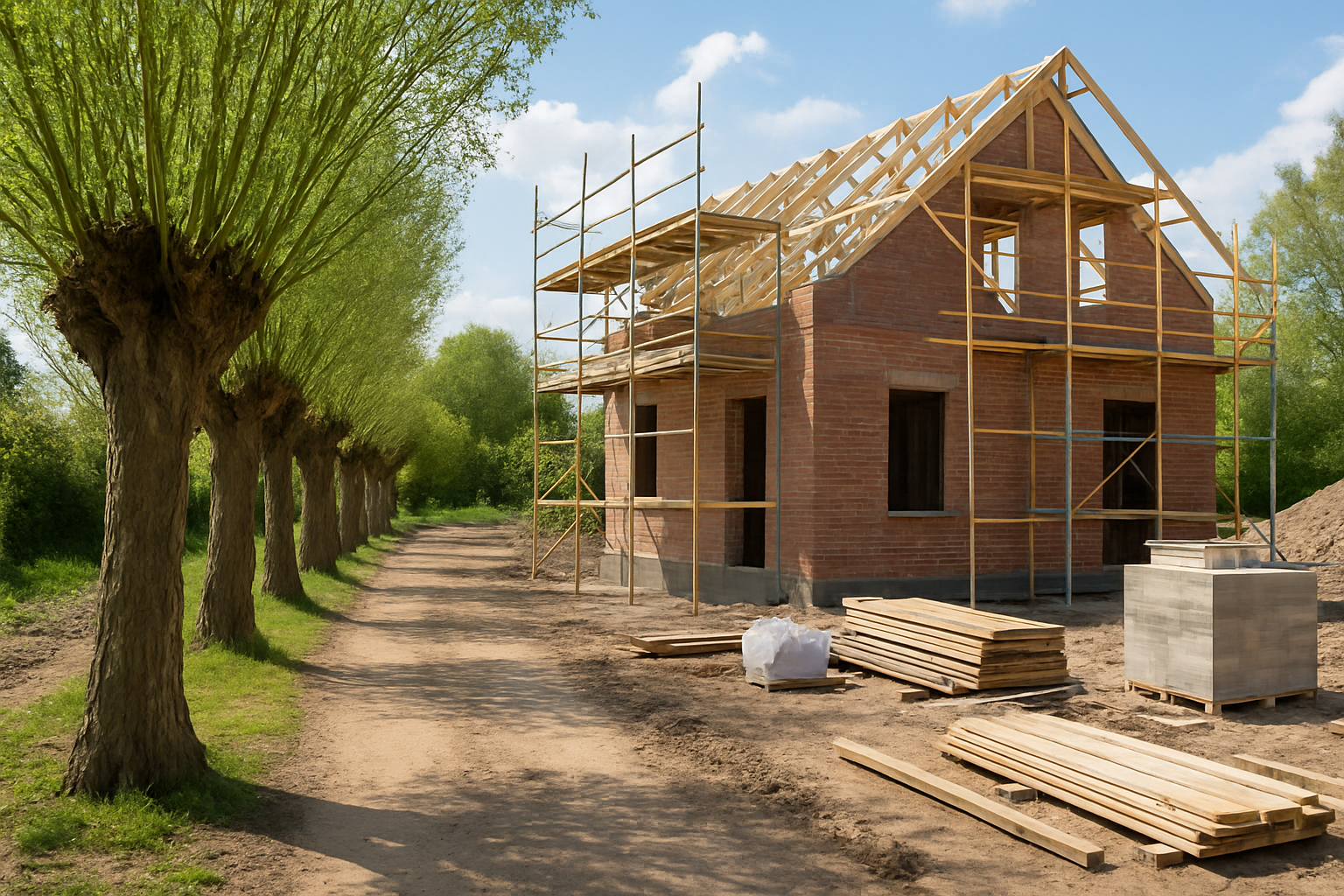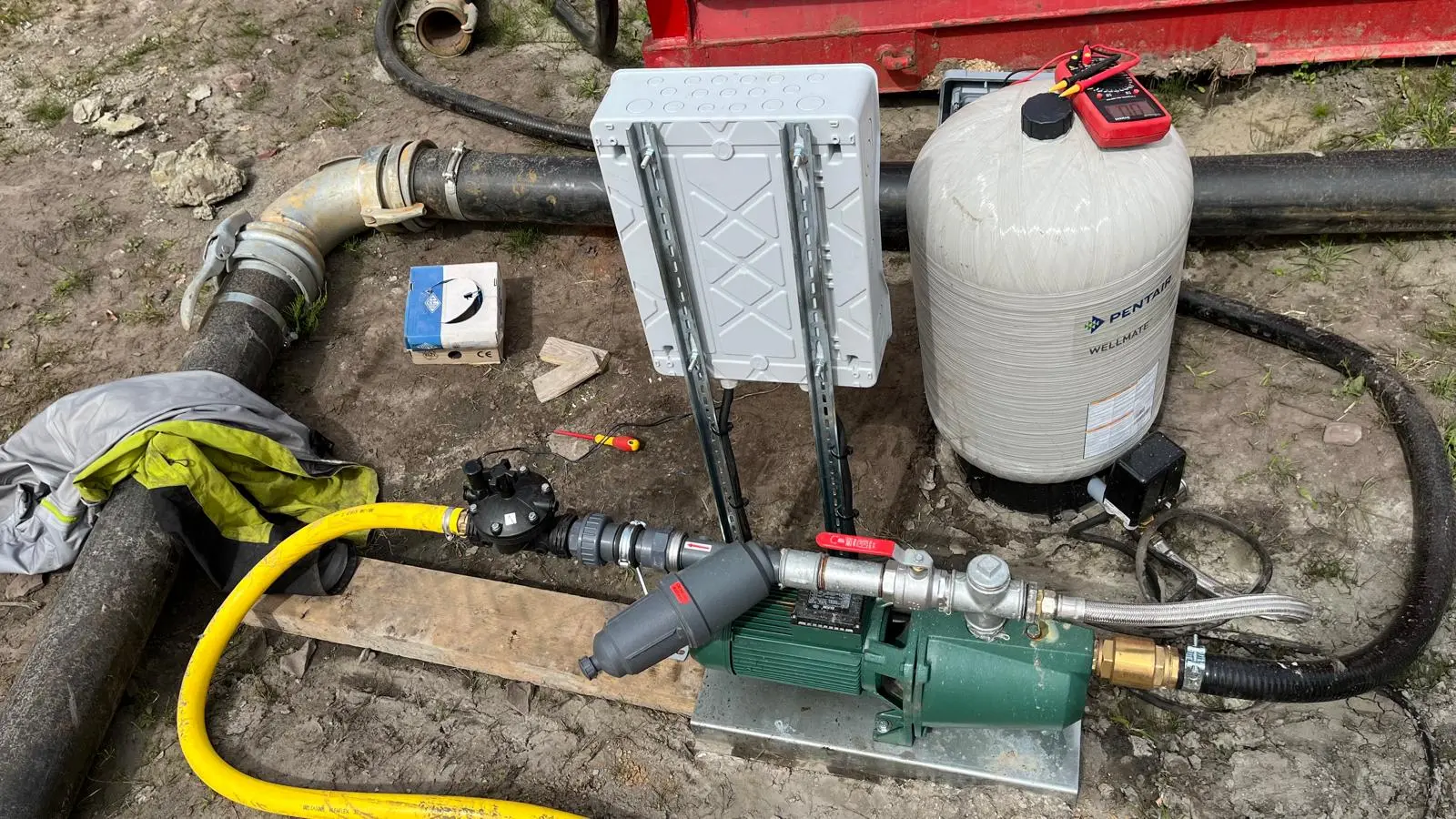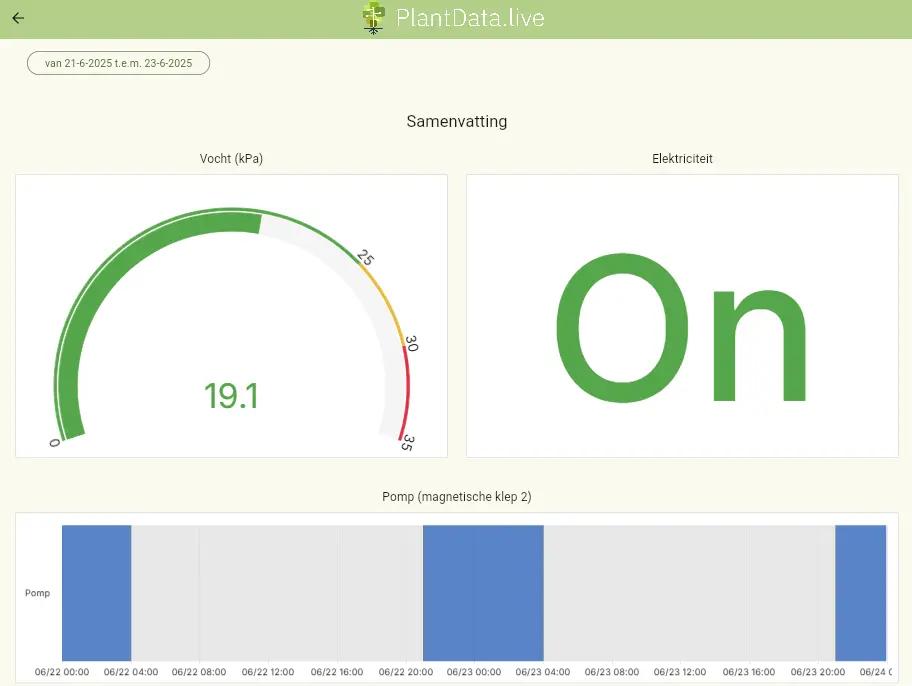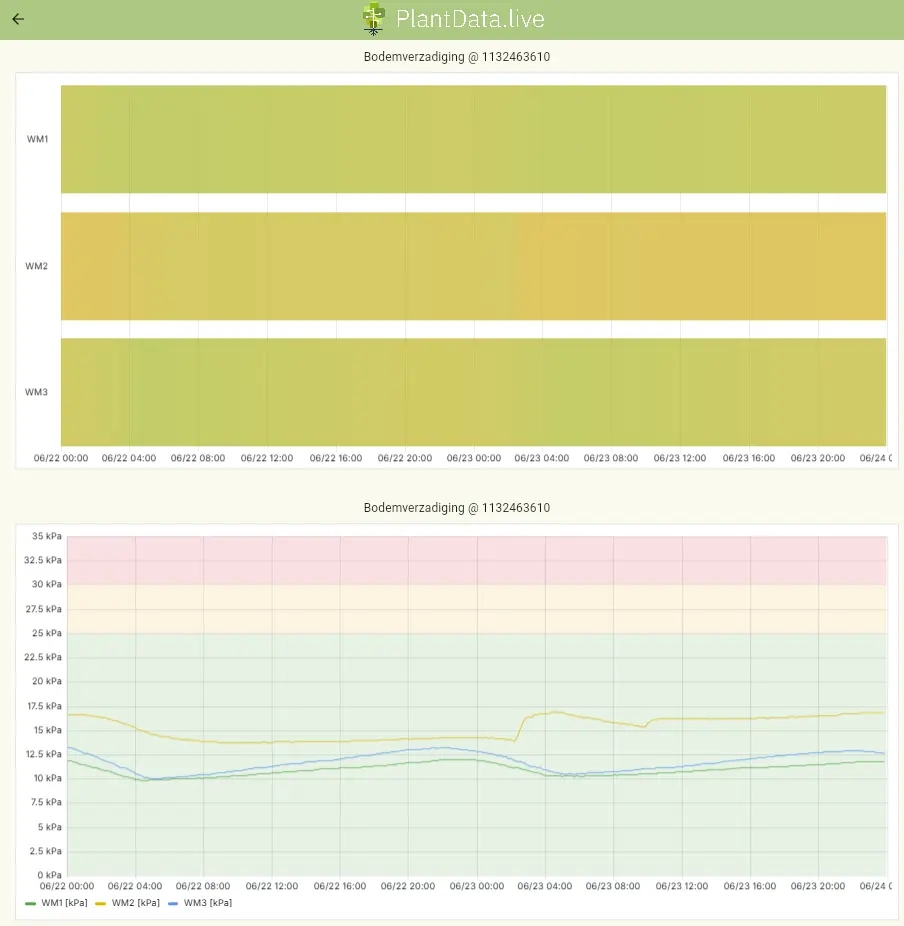Trees are damaged by human zeal in construction and renovation. Excavation work or drainage disrupts the water balance.
The owner often sees the effect only three years later.
Who is responsible for damage to vegetation?
The architect is responsible for mapping existing vegetation and landscape elements in the design and during the application phase.
Every contractor has a duty of care. They may not damage or remove protected vegetation without permission, even if this happens accidentally.
As a project owner, you must do everything that is reasonably possible to prevent, limit, or restore damage to nature.
The government will also assess every permit application involving vegetation for compliance with the nature decree.
Delve deeper into the Nature Decree >
Challenge of our client
Our client has been appointed as a professional tree care provider by the builder to fulfill their duty of care.
A new house is rising along a stately row of willows. The excavation of the construction pit is accompanied by drainage and disruption of the water balance. Irrigation must remain permanently active for months.
As soon as you leave the site, a material defect or human action can disrupt the irrigation.

The best time to plant a tree was 20 years ago. The second best time is now!
Smart cloud-controlled irrigation
PlantDataLive is the technology partner to shape this 'Internet-of-Things' (IoT) project. Our mission is to make technology accessible while still achieving extensive automation.
Flexible on-site installation
Maarten De Meyer from Treeworx chooses to set up an irrigation system himself. The Belgian scale-up Crodeon Technologies supplies hardware components for connected systems.
Crodeon Technologies - Remote sensing, finally made easy >

Configuration and remote monitoring
Maarten can monitor his installation remotely, via the data platform of Sensolyse - Remote sensor intelligence >

Setting up the basic irrigation schedule can be done easily online. The irrigation operates fully automatically in different zones, adaptively taking into account the measurements from soil moisture sensors.

Detail van elke gebeurtenis raadpleegbaar
Warning if something unexpected happens
If you are responsible for plants and trees near a construction project, you cannot be on-site at all times.
Thanks to the integrations with Teams, Telegram, or WhatsApp messaging, you know immediately when your attention is required.

Reporting
The history of the project is robustly stored in the central data platform of Sensolyse and can be exported for reporting to, for example, the Flemish Environment Agency.

Automated reporting will be added to the platform soon.
Is that really necessary?
Time savings and simplified reporting
A construction project lasting several months causes a buildup of small but expensive interventions for this Certified European Tree Worker:
Maarten: "It costs € 75 to go see it on-site once."
If things go wrong, you want to know it immediately. And if things go very wrong, you want to be able to demonstrate that you fulfilled your duty of care properly.
Tree appraisal or valuation of trees
Tree valuation is increasingly playing a crucial role on construction sites as it maps out the economic, ecological, and emotional value of trees before work begins. This valuation helps in making informed decisions about whether to preserve, relocate, or compensate for existing trees on the site. In the event of damage caused by construction activities, an objective valuation also serves as the basis for determining any compensation for damages. As a result, everyone involved in the construction project is interested in such a valuation; including the client, architect, contractor, or developer.